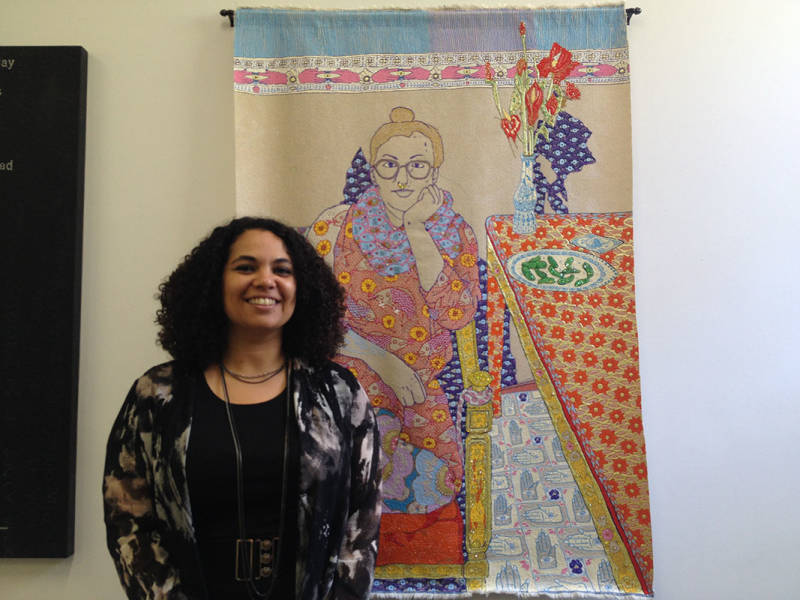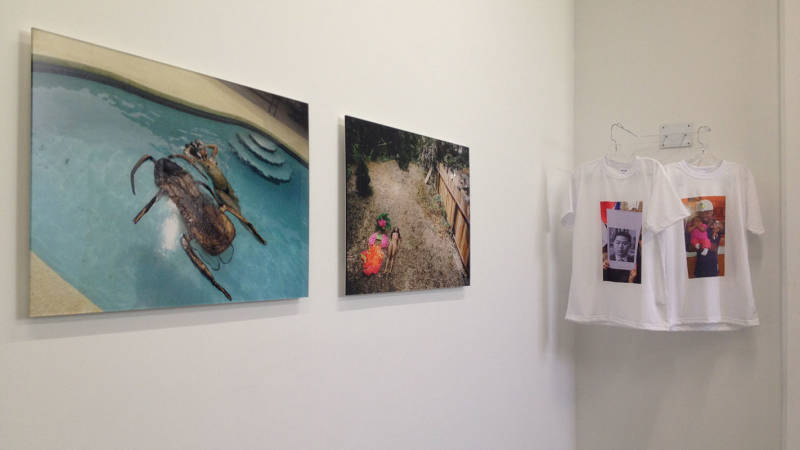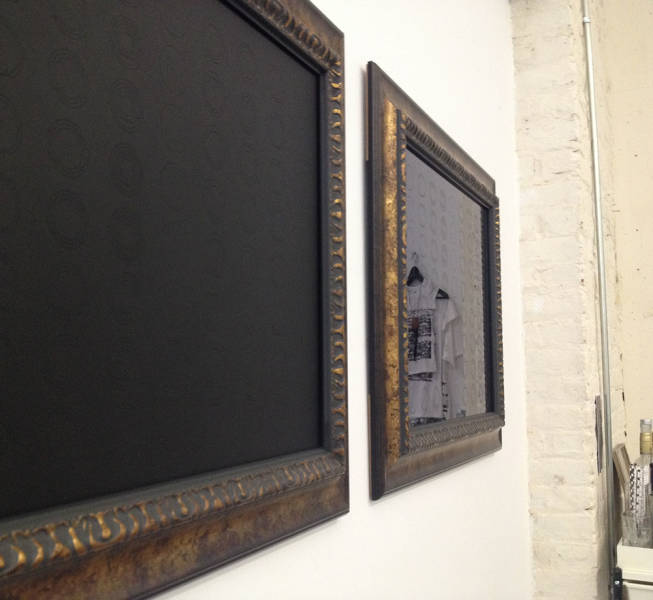Growing up in a mixed-race family, the question of imposed identity was something that always interested Rhiannon MacFadyen. The black side of her family was highly educated, while the white side was working class. “I didn’t feel like I fit into any of the check boxes,” she says. “Though my family let me be who I was, other people were always telling me what I was my whole life instead of finding it out for myself.”
Now a curator and visual artist, MacFadyen found that questions of identity were just as prevalent in the art world.

While recently moderating a panel between two artists, MacFadyen and her guests were interrupted by an audience member asking what they thought about people of color constantly having to answer for their identity.
“I wanted to tell her that I didn’t think we get asked to answer for our identity more than non-minorities all the time — it’s just that our identities are defined more rigidly than everybody else,” MacFadyen says. “Our imposed identities are supposed to be all about our minority-hood rather than the experiences we’ve had or our other inspirations.”

MacFadyen’s new show Issued ID: Minority as Brand seeks to examine the place of minorities in the art world and the ways minority artists negotiate expectations around their identities.
One point of conflict lies in the subjectivity involved in art. For the artist, their work may exist outside a system of prescribed identities and tropes, MacFadyen says. But a work’s meaning can change once another person sees the symbols in the piece and interprets them personally.
“It’s just a part of the exchange — it’s not necessarily good or bad. But (artists) have to separate why we make and why we share art,” she says.
This subjectivity is informed by certain expectations tied to the artist’s identity, according to abstract artist Tim Roseborough, who says he believes minority artists often carry the unfair burden of being experts in their own heritages, which audiences then project onto their work.

“I want to be ‘Tim Roseborough: The Artist’ first over ‘Tim Roseborough: The Black Man,’ or ‘Tim Roseborough: The Gay Man’ or any other identity,” he says.
Ultimately, MacFadyen hopes that the discussions raised in Issued ID help minority artists find opportunities to explore their own personal visions of themselves as well as make the industry more aware about the positions it places such artists in.
“What’s more important is finding an honest way of presenting your work. If you think all your work is black queer performance and you’re selling it as that, then it’s honest. If your work isn’t, no one should tell you that it has to be,” MacFadyen says.
Issued ID: Minority as Brand will hold a roundtable on Saturday, April 23 at 2pm in Black & White Projects in San Francisco. The full exhibition runs through April 30. Visit issuedid.com for more information.